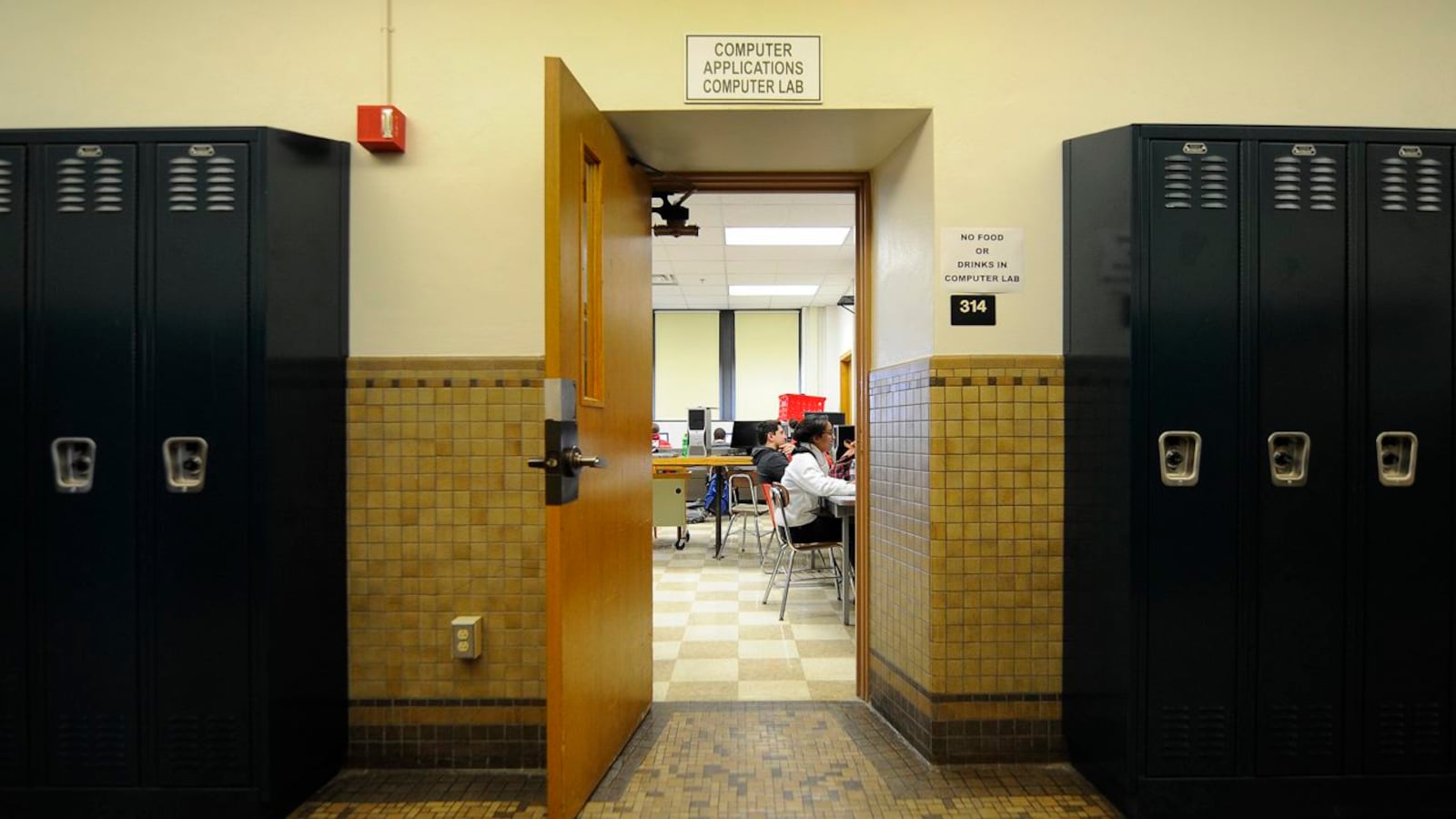The wait to learn which Indianapolis high schools could close is almost over.
Superintendent Lewis Ferebee is expected to release his recommendation next week, following an Indianapolis Public Schools report calling for three of its seven high schools to close. The administration recommendation will also include plans for where magnet programs at closed schools could move and what might happen to the vacant buildings.
The board plans to vote on which high schools to close in September. Before a final vote, the district is expected to hold meetings at each of the schools targeted for closure.
The board will meet at 6 p.m. Tuesday and Thursday at the IPS central office, 120 E. Walnut St. Community members can sign-up online to offer comments.
Here are four things you should know ahead of the decision:
1. Some high schools are (virtually) safe from closure.
Although Ferebee and other district administrators have been close-lipped about which high schools are most likely to close — the list of criteria is so expansive it’s difficult to draw any conclusions — some schools are in far more danger than others.
It would be stunning, for example, if the administration recommended closing Arsenal Technical High School, the district’s largest high school and a hub for career training programs. Other schools seem far more likely to face closure, including the beloved art magnet Broad Ripple High School. The building is expected to be less than 30 percent full this fall and it has the highest per student spending in IPS.
Read Chalkbeat’s analysis of each IPS high school.
2. The effect on current and future students can’t be easily predicted.
The district expects to have more than twice as many seats as there are high school students next year. IPS leaders says closing schools could save more than $4 million per year and allow the district to invest in more advanced classes and career and technical education programs at the four remaining high schools.
But research on how closing high schools affects student outcomes, such as graduation rates, is mixed. Some studies have shown that current students are less likely to graduate when their high school closes. But when the process is executed well and students are given better options, some research has found improved graduation rates for current and future students.
3. Indianapolis Public Schools has been losing high-schoolers for years.
At its peak, IPS had 11 high school buildings serving an average of 2,373 students. This fall, it’s expected to run seven buildings with an average of 763 students each, according to the district closing report.
Families have been leaving Indianapolis Public Schools for suburban, charter and private schools for decades. Over the last 10 years alone, enrollment in IPS high schools has fallen by more than 40 percent, and the decline is even more apparent looking further back. In 1968, the district enrolled 26,107 high school students. Enrollment has drastically declined since then, and the district expects to educate just 5,352 high-schoolers next year.
4. Lots of community members oppose closing high schools.
Whichever high schools district leaders move to close, there is likely to be vigorous community opposition.
Parents, students and alumni have spoken out against closing schools at several contentious district-run meetings in recent weeks and pled with the administration to slow down or come up with an alternative plan. Closing high schools, they said, will leave vacant buildings in neighborhoods, push students to dropout and increase violence, as students from different communities are forced into the same school. Critics even organized their own meeting to oppose closing high schools.
The board will meet at 6 p.m. Tuesday and Thursday at the IPS central office, 120 E. Walnut St. Community members can sign-up online to offer comments.

